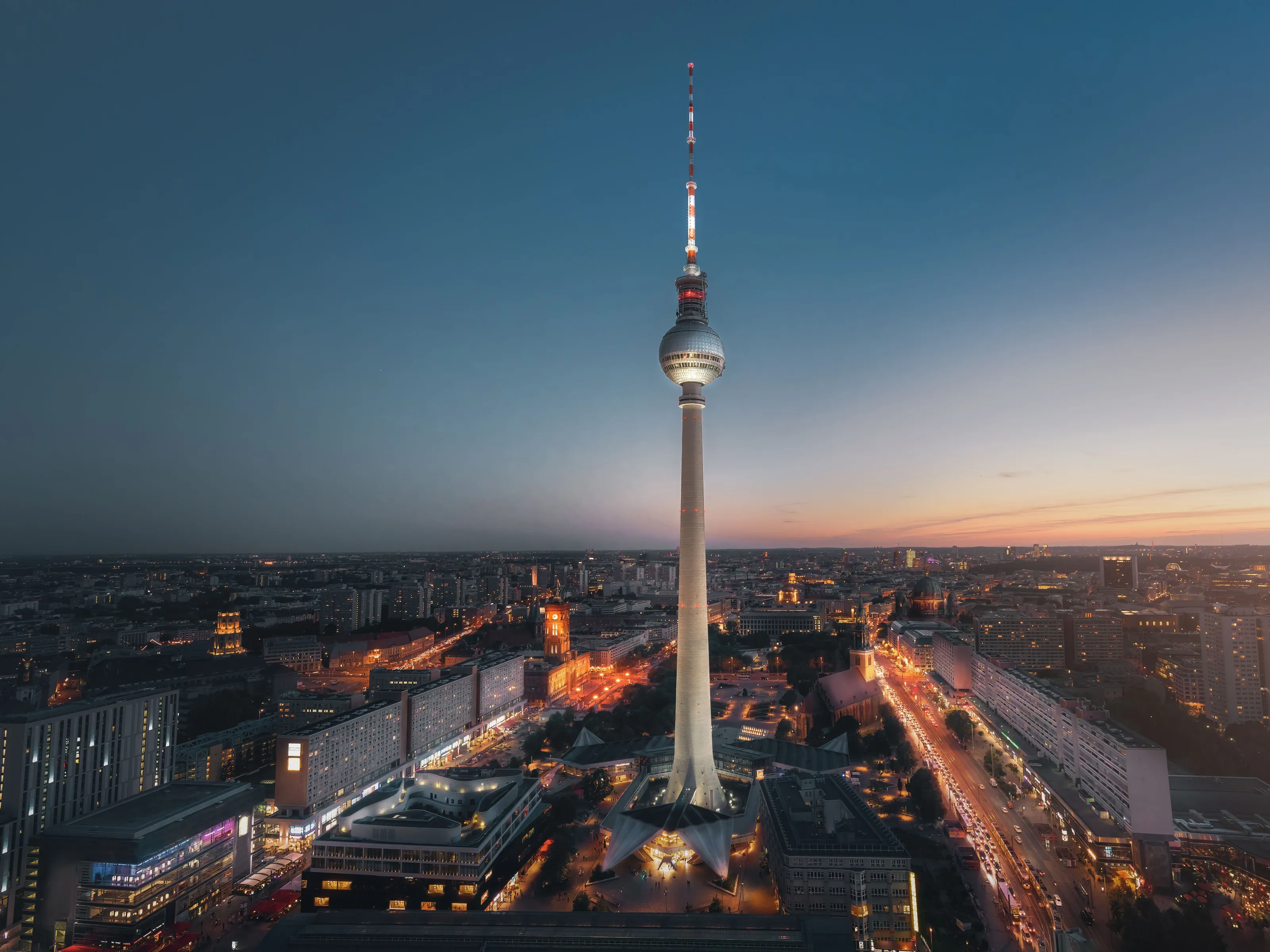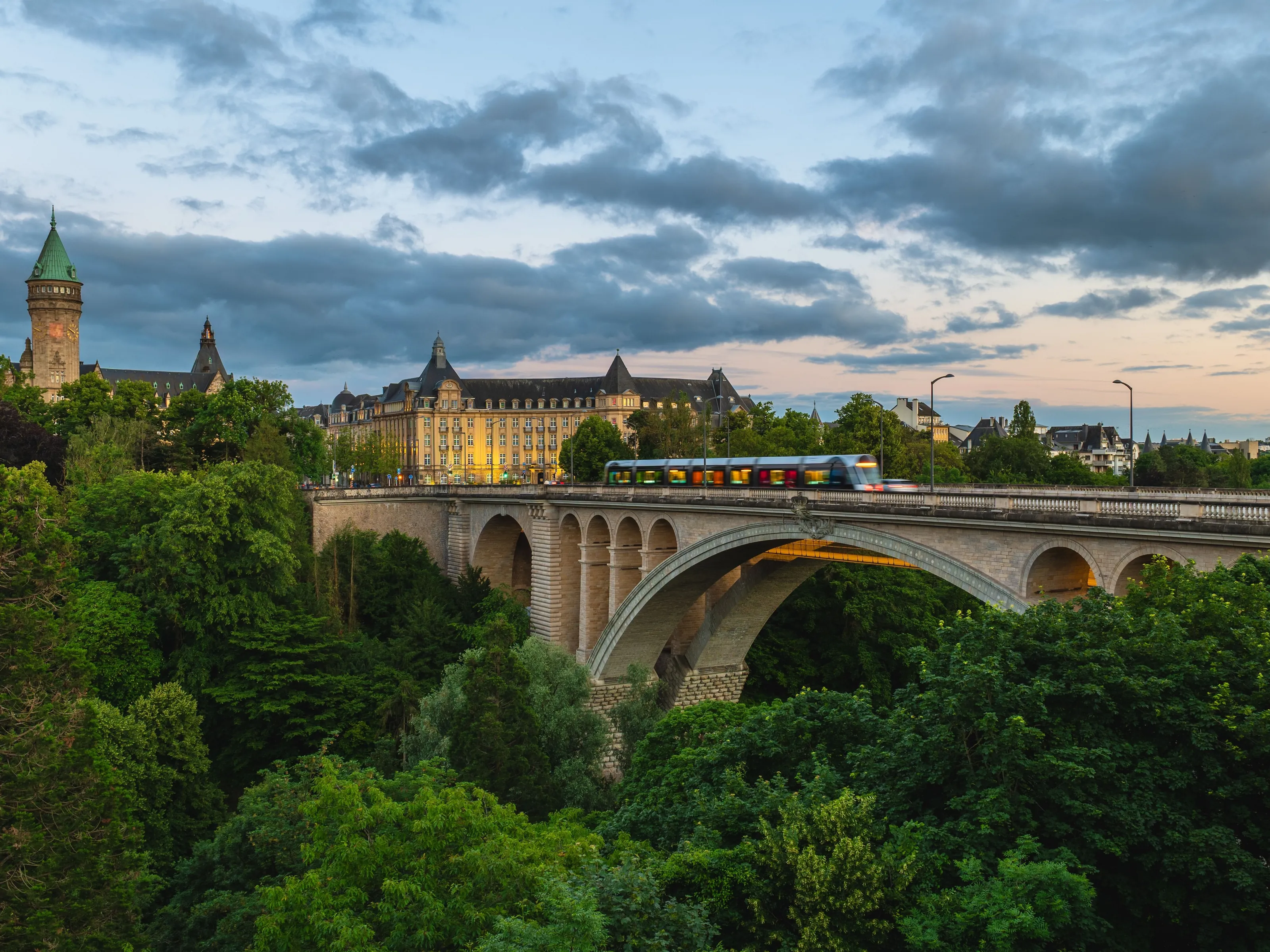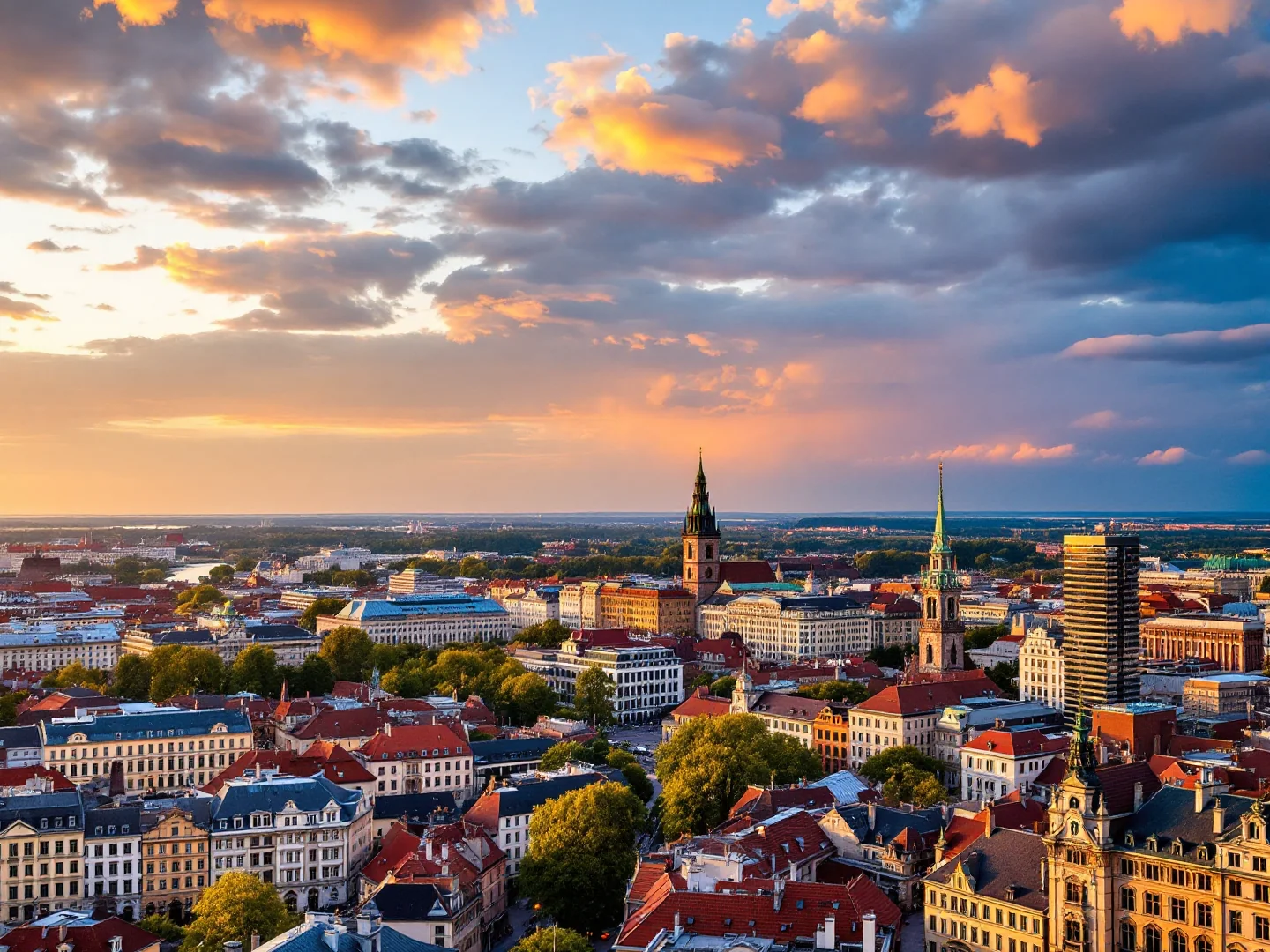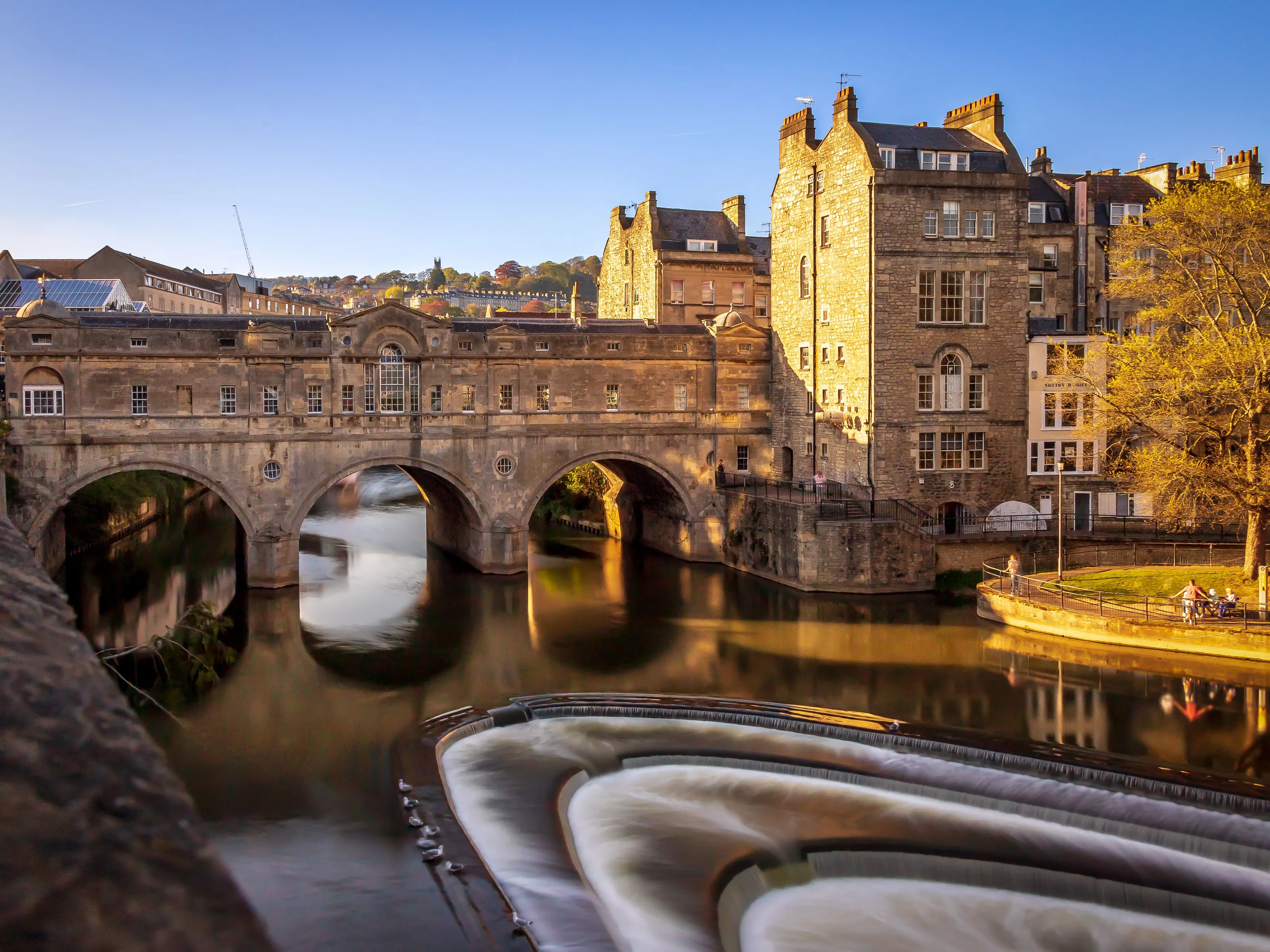Why Visit Warsaw?
Warsaw inspires as the Phoenix city where painstakingly reconstructed Old Town Market Square earned UNESCO status despite being rebuilt brick-by-brick after WWII destruction, the Soviet-gifted Palace of Culture and Science towers over modern skyscrapers as controversial reminder of communist era, and Chopin's music echoes through Łazienki Park's summer concerts honoring Poland's greatest composer. Poland's capital and largest city (~1.8–1.9M city; ~3.5M in the metropolitan area) rebuilt from 85% wartime devastation—the Old Town's pastel facades appear medieval yet date from 1950s reconstruction using rubble and paintings to recreate destroyed 13th-century original. This resilience defines Warsaw: POLIN Museum documents 1,000 years of Polish Jewish history ending in Holocaust, Warsaw Rising Museum honors 1944's doomed insurgency with immersive multimedia, and modern glass towers symbolize capitalist transformation post-1989.
The Royal Castle gleams with rebuilt interiors and Canaletto paintings showing pre-war Warsaw, while Wilanów Palace's Baroque splendor survived war intact. Łazienki Park's peacocks strut past Palace on the Water, Chopin monument, and free Sunday summer piano concerts (May-September). Yet Warsaw pulses beyond history: Praga district across Vistula River preserves pre-war buildings and edgy bars, Nowy Świat street's cafés and clubs buzz until dawn, and Vistula boulevards transformed with beaches, food trucks, and summer festivals.
The food scene celebrates Polish cuisine: pierogi dumplings, żurek sour rye soup, and milk bars (Bar Mleczny) serve Communist-era cafeteria food at very low prices. With affordable prices, tragic history balanced with vibrant nightlife, Chopin heritage, and position as Eastern European hub, Warsaw delivers Polish resilience and modern energy.
What to Do
Historic Warsaw
Old Town Market Square
UNESCO-listed Old Town reconstructed brick-by-brick after WWII destruction. The colorful pastel facades appear medieval but date from 1950s restoration using pre-war paintings and rubble. The square has outdoor cafés, street musicians, and horse-drawn carriages. Free to explore—best early morning (7-9am) before tour groups or evening when lit up. Climb St. John's Cathedral bell tower nearby for rooftop views (small fee).
Royal Castle
Former royal residence rebuilt after complete WWII destruction. Entry roughly 30–40 PLN (about $8–$10) for adults includes state apartments, throne room, and Canaletto paintings showing pre-war Warsaw. Free on Wednesdays. Audio guides available. Allow 1.5-2 hours. Go morning or late afternoon to avoid peak crowds. The castle faces Castle Square with King Sigismund's Column. Combine with Old Town walk.
Warsaw Rising Museum
Powerful multimedia museum documenting the 1944 Warsaw Uprising against Nazi occupation. Entry around 35 PLN (≈$9), with reduced tickets available and free entry on some days. English displays and audio guides. Plan 2-3 hours minimum—the exhibits are emotionally intense. Features recreated sewers, fighter aircraft, and personal stories. Go early afternoon (opens 10am, closed Tuesdays). Essential for understanding Warsaw's tragic history and resilience.
Culture & Parks
Łazienki Park & Palace on the Water
Warsaw's largest park with peacocks, gardens, and neoclassical Palace on the Water (around 40–50 PLN / ~$10–$12 entry). Free Chopin concerts at the Chopin monument every Sunday, May-September at 12pm and 4pm—arrive 30 min early for good spots. The park is free to walk year-round. Best spring (flowers) or autumn (colors). Allow 2-3 hours for palace visit and park stroll. Romantic date spot at sunset.
POLIN Museum of Polish Jewish History
World-class museum documenting 1,000 years of Polish Jewish life and the Holocaust. Entry around 40–50 PLN (~$10–$12) for adults, with reduced rates and occasional free days. Includes multimedia core exhibition. Allow 3-4 hours minimum—it's comprehensive and moving. Go early (opens 10am, closed Tuesdays). Located in former Warsaw Ghetto area. Audio guides recommended. The building's architecture is striking. Essential for historical context.
Palace of Culture and Science
Stalin's 1955 'gift' to Poland—locals love to hate this Socialist Realist skyscraper but still climb its viewing terrace (30th floor, $9 360° views). The building hosts theaters, cinemas, and congress halls. Go sunset for city lights. The terrace is open daily. Controversial symbol of Communist era—many Poles find it ugly, but it's undeniably iconic. The surrounding plaza hosts events and markets.
Local Life & Food
Praga District
Right-bank neighborhood that survived WWII destruction—pre-war tenements, street art, and gentrifying vibe. Explore Ząbkowska Street's hipster bars and cafés. Visit Soho Factory creative complex and Praga Koneser vodka distillery. Free to wander—best afternoon into evening. Take tram across Vistula from Old Town (10 min). Feel more authentic than reconstructed left bank. Weekend flea market at Bazar Różyckiego.
Milk Bars (Bar Mleczny)
Communist-era cafeterias serving traditional Polish food at very low prices (main dishes often $3–$6)—not literally 1950s prices anymore, but still a bargain. Try Bar Prasowy or Bar Bambino. Pierogi (dumplings) around 15–25 PLN, żurek soup similar, compote cheap. Point at what looks good—menus sometimes only in Polish. Cash only. Open lunch hours (12-4pm) mainly. Authentic working-class experience. Don't expect fancy service or English—that's the charm. Ultra budget-friendly.
Nowy Świat Street
Warsaw's main promenade lined with cafés, restaurants, and shops. Partially pedestrianized. Perfect for evening strolls (pasaż). Try traditional restaurants for pierogi, bigos (hunter's stew), and Polish vodka. The street connects Royal Route to Old Town. Go late afternoon into evening when locals take their constitutional. Street performers and artists on weekends. Safe and lively nightlife.
Gallery
Travel Information
Getting There
- Airports: WAW
Best Time to Visit
May, June, July, August, September
Climate: Moderate
Weather by Month
| Month | High | Low | Rainy days | Condition |
|---|---|---|---|---|
| January | 4°C | 0°C | 7 | Good |
| February | 7°C | 1°C | 16 | Wet |
| March | 9°C | 0°C | 9 | Good |
| April | 15°C | 3°C | 2 | Good |
| May | 16°C | 7°C | 16 | Excellent (best) |
| June | 23°C | 14°C | 18 | Excellent (best) |
| July | 24°C | 14°C | 10 | Excellent (best) |
| August | 25°C | 15°C | 10 | Excellent (best) |
| September | 21°C | 11°C | 11 | Excellent (best) |
| October | 14°C | 8°C | 14 | Wet |
| November | 8°C | 4°C | 5 | Good |
| December | 4°C | 0°C | 5 | Good |
Weather data: Open-Meteo Archive (2020-2024) • Open-Meteo.com (CC BY 4.0) • Historical avg. 2020–2024
Budget
Excludes flights
Visa Requirements
Schengen Area
💡 🌍 Traveler Tip (November 2025): Best time to visit: May, June, July, August, September.
Practical Information
Getting There
Warsaw Chopin Airport (WAW) is 10km south. Train to Central Station $1 (20 min). Buses $1 Taxis $27–$43 Bolt $16–$27 Warsaw is Central European hub—trains to Berlin (6hr), Prague (8hr), Vienna (7hr). Buses connect regional cities.
Getting Around
Integrated metro (2 lines), tram and bus system. Single tickets about 4–7 PLN (~$1–$2), day passes from ~15 PLN (~$4). Walk city center and Old Town. Bolt app for taxis ($5–$16 typical rides). Bikes in summer (Veturilo bike-share). Public transport excellent. Don't need cars—parking difficult.
Money & Payments
Polish Złoty (PLN, zł). $1 is roughly 4.3–4.4 PLN, $1 about 4.0 PLN—but always check a live rate, since currencies fluctuate. Cards widely accepted. ATMs everywhere. Tipping: 10% in restaurants, round up taxis. Prices low—affordable dining, cheap beer.
Language
Polish is official (Slavic language). English good among young people, service workers in tourist areas. Older generation: limited English. Signs often bilingual. Communication manageable. Learning basic Polish appreciated.
Cultural Tips
WWII history: tragic—Warsaw Uprising, Jewish Ghetto, 85% destruction. Museums emotional—allow time. Rebuilt Old Town: UNESCO controversy (reconstruction not original). Chopin: Sunday park concerts free, beautiful. Milk bars: Communist-era cafeterias, ultra-cheap, authentic. Pierogi: national dish, many varieties. Vodka culture: Polish vodka excellent, drink shots. Praga: former sketchy now hipster. Palace of Culture: locals hate it (Stalin's gift) but climb anyway. Shoes off indoors. Catholic majority. Reserved initially but warm once conversation starts.
Perfect 2-Day Warsaw Itinerary
Day 1: Old Town & Museums
Day 2: Parks & Culture
Where to Stay in Warsaw
Old Town (Stare Miasto)
Best for: Rebuilt medieval core, UNESCO site, Royal Castle, hotels, restaurants, tourist central
City Center (Śródmieście)
Best for: Palace of Culture, Nowy Świat street, shopping, nightlife, modern, business district
Praga
Best for: Pre-war buildings survived, hipster bars, street art, edgier, authentic, gentrifying, nightlife
Łazienki & Parks
Best for: Royal parks, Wilanów Palace, green spaces, Chopin concerts, residential, peaceful
Frequently Asked Questions
Do I need a visa to visit Warsaw?
What is the best time to visit Warsaw?
How much does a trip to Warsaw cost per day?
Is Warsaw safe for tourists?
What are the must-see attractions in Warsaw?
Popular Activities
Top-rated tours and experiences in Warsaw
Ready to Visit Warsaw?
Book your flights, accommodation, and activities






